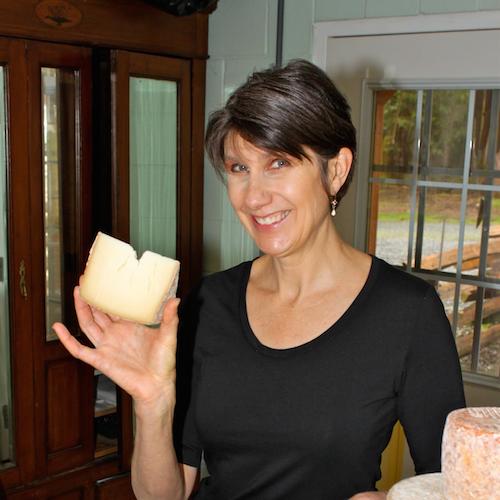
![]() I heard that the blue mold in blue cheese comes from bread. Is that true?
I heard that the blue mold in blue cheese comes from bread. Is that true?
![]() The short answer: It can, but it usually doesn’t. The large genus of molds called Penicillium comprises many species, including the blue-hued P. roqueforti that enjoys growing on myriad foods like cheese and bread. These harmless molds come in many strains and range in color from almost yellow to green to vibrant blue. Wild versions exist around us in the environment, eager to colonize the foods they love.
The short answer: It can, but it usually doesn’t. The large genus of molds called Penicillium comprises many species, including the blue-hued P. roqueforti that enjoys growing on myriad foods like cheese and bread. These harmless molds come in many strains and range in color from almost yellow to green to vibrant blue. Wild versions exist around us in the environment, eager to colonize the foods they love.
According to French legend, Roquefort cheese was accidentally invented when a young man abandoned unfinished hunks of bread and cheese in a cave to chase a pretty girl. Upon returning weeks later, mold from the bread had turned the cheese into a delicious blue. The story is actually plausible; Amanda Nuñez and Scott Peterson of Oats and Ivy Farm in California, for example, have made a blue by adding scrapings of bread mold to milk, and I’ve heard of other cheesemakers leaving moldy loaves of bread in aging caves to colonize cheese.
Still, just because a mold is blue, doesn’t mean it will make good cheese. Blue molds break down dairy proteins and fats in different patterns, some resulting in cheese that is quite appealing and others that are bitter or rancid. For that reason, it is rare for cheesemakers to harvest blue molds from loaves from the back of the breadbox. Instead, most look to experienced companies to cultivate and supply a spectrum of P. roqueforti strains with good cheese ripening characteristics.




